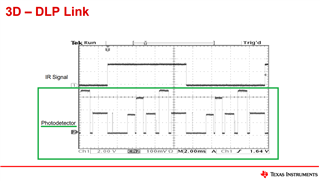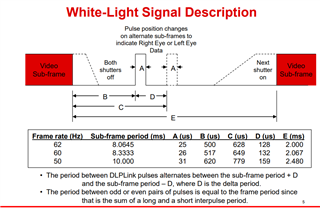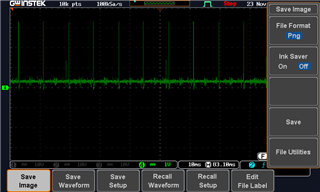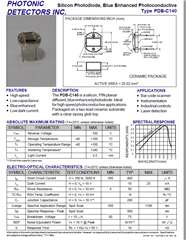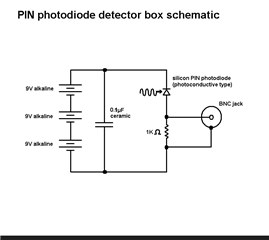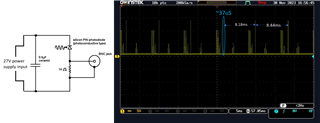Hello,
We are working on the DLP projectors and so I started studying the DLP protocol. I got the concept of the DLP Link Signal position before the respective Left/Right video sub frame in order to convert DLP glasses Left/Right sides transparent/opaque.
I also went through the below mentioned forum for better understanding.
https://e2e.ti.com/support/dlp-products-group/dlp/f/dlp-products-forum/1185910/dlp-link-protocol/4473575#4473575
I understood that the Dark Time Value varies with respect to projector manufacturers, BUT do the position of the DLP Link Signal(Light Pulse) for the Left and Right video subframes also vary ? Or they just remains the same irrespective of the projector brand?
Thanks,
Dhruvil
-
Ask a related question
What is a related question?A related question is a question created from another question. When the related question is created, it will be automatically linked to the original question.



